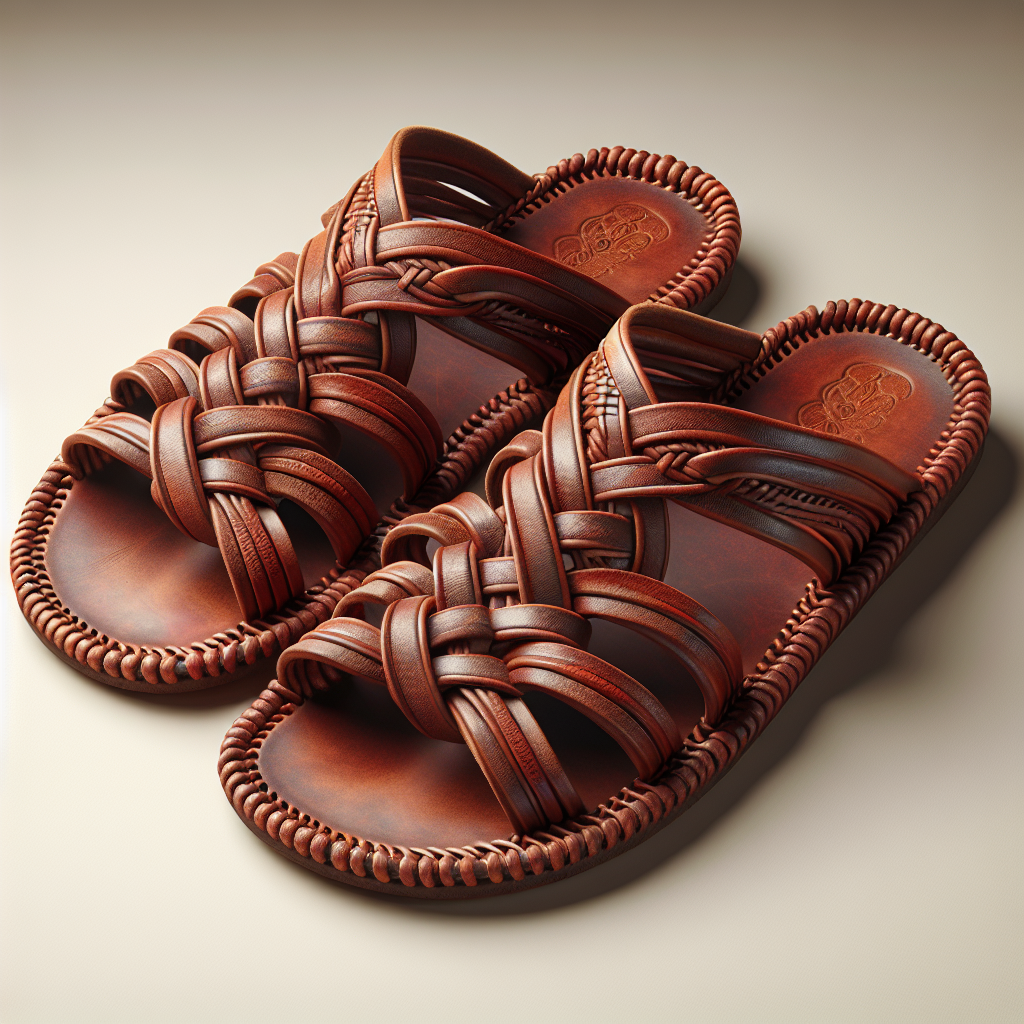Kolhapuri Chappals: From Ancient Craft to Fashion Controversy
Prada's rebranding of Kolhapuri chappals triggered a heated debate on cultural appropriation. The GI-tagged footwear's transformation into a luxury item drew backlash from Indian designers and advocates. With demands for rightful recognition and compensation for artisans, the controversy highlights the need to protect India's rich craft heritage.

- Country:
- India
Kolhapuri chappals, traditionally handcrafted in India, became the focus of a cultural appropriation debate after Prada rebranded them as luxury 'leather flat sandals'. Priced at Rs 1.2 lakh, the footwear featured in Prada's Spring/Summer 2026 show, igniting outrage over the lack of recognition for Indian artisans and heritage.
Prada later acknowledged the design's Indian inspiration, promising responsible design practices and dialogue with Indian artisan communities. However, many criticized the initial absence of credit, highlighting that Kolhapuris, with their rich history and craftsmanship, should not just be a fleeting fashion trend.
The controversy spurred mixed reactions, with some seeing potential for reviving the chappal's global popularity, while others focus on ethical issues. Social media and industry voices emphasize the importance of crediting artisans and preserving India's craft legacy in the face of increasing global reinterpretations.
(With inputs from agencies.)
ALSO READ
Preserving Heritage: Sambhal Takes a Leap in Pilgrimage Site Development
Revitalizing Heritage: The Grand Plan for Punaura Dham Janki Mandir
Pioneering Film Bridges Indo-Vietnam Cultural Heritage
Temple Tensions: Congress Accuses BJP of Destroying Religious Heritage
Rare Art and Correspondence: AstaGuru's Auction Offers a Glimpse into Indian Cultural Heritage










